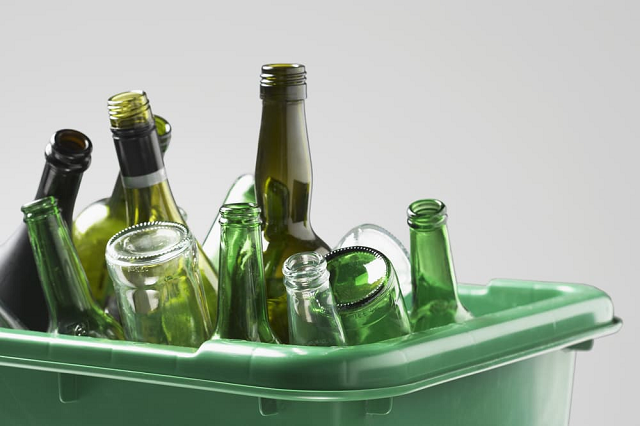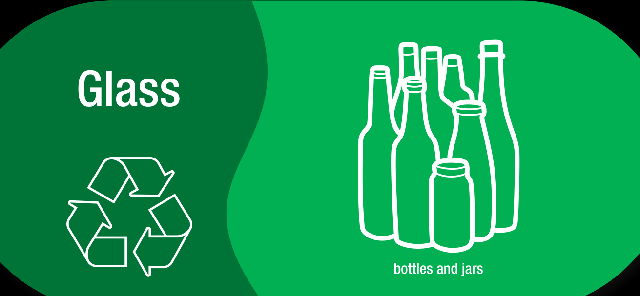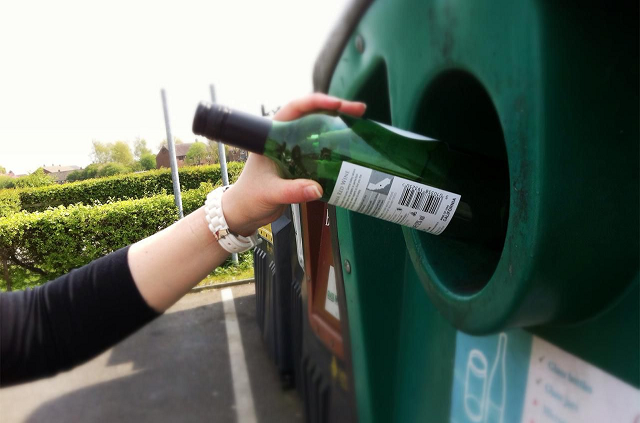
Environmental Issues and Recycling of Glass Bottles
Environmental concerns have taken center stage in global discussions about sustainability and waste management in recent years. Among the various materials that contribute to ecological degradation, plastic has often been the focus of criticism. However, glass bottles, while generally considered more environmentally friendly than plastic, also present significant challenges and opportunities in the context of recycling and environmental impact.
Environmental Issues Related to Glass Bottles
- Resource Extraction and Energy Consumption
The production of glass bottles begins with the extraction of raw materials, primarily silica sand, soda ash, and limestone. Mining these materials can lead to habitat destruction, soil erosion, and water pollution. Additionally, the manufacturing process of glass is energy-intensive, requiring high temperatures to melt the raw materials. This energy consumption often relies on fossil fuels, contributing to greenhouse gas emissions and climate change. - Transportation Impact
Glass bottles are heavier than their plastic counterparts, which can lead to increased fuel consumption during transportation. The carbon footprint associated with transporting glass bottles from manufacturing facilities to distribution centers and retail outlets can be significant. This factor is particularly relevant in a globalized economy where products are often shipped over long distances. - Waste Generation
While glass is recyclable, not all glass bottles are returned for recycling. In many regions, a significant percentage of glass bottles end up in landfills, where they can take thousands of years to decompose. Although glass does not leach harmful chemicals into the soil, its presence in landfills contributes to the overall waste problem and occupies valuable space.

The Recycling Process of Glass Bottles
Recycling glass bottles is a crucial step in mitigating their environmental impact. The recycling process involves several stages:
- Collection and Sorting
The first step in recycling glass bottles is collection. Many communities have established curbside recycling programs or designated drop-off centers for glass. Once collected, glass bottles are sorted by color (clear, green, and brown) to ensure the quality of the recycled material. Contaminants such as labels, caps, and non-glass materials are removed during this stage. - Cleaning and Crushing
After sorting, the glass bottles are cleaned to remove any residual contents and contaminants. They are then crushed into small pieces called cullet. Cullet is a critical component in the glass recycling process, as it requires less energy to melt than raw materials. - Melting and Reforming
The crushed cullet is mixed with raw materials and melted in a furnace at high temperatures. This process can be done using up to 90% cullet, significantly reducing energy consumption and emissions compared to producing new glass from raw materials. Once melted, the glass is molded into new bottles or other products. - Repackaging and Distribution
The newly formed glass products are then cooled, inspected for quality, and packaged for distribution. Recycled glass can be used to create a wide range of products, including new bottles, jars, tiles, and fiberglass insulation.
Benefits of Recycling Glass Bottles
Conservation of Resources: Recycling glass reduces the need for raw materials, conserving natural resources and minimizing the environmental impact associated with extraction and processing. By using a cullet in the manufacturing process, companies can significantly decrease their reliance on virgin materials.
Energy Savings: The use of recycled glass in production saves energy. It takes approximately 30% less energy to produce glass from cullet than from raw materials. This reduction in energy consumption translates to lower greenhouse gas emissions, contributing to climate change mitigation.
Reduction of Landfill Waste: Recycling glass bottles helps divert waste from landfills, reducing the overall volume of waste generated. This not only conserves landfill space but also minimizes the environmental impact associated with waste disposal.
Ecic onomBenefits: The glass recycling industry creates jobs in collection, sorting, processing, and manufacturing. By investing in recycling infrastructure, communities can stimulate local economies while promoting sustainable practices.

Challenges of Recycling Glass Bottles
Contamination: Contaminants such as food residue, labels, and non-glass materials can hinder the recycling process. Educating consumers about proper recycling practices is essential to improve the quality of recycled glass.
Market Demand: The demand for recycled glass can fluctuate based on market conditions. When demand is low, recycling programs may struggle to remain economically viable. Developing stable markets for recycled glass products is crucial for sustaining recycling efforts.
Infrastructure Limitations: In some regions, recycling infrastructure may be lacking, making it difficult for consumers to recycle glass bottles effectively. Expanding access to recycling facilities and improving collection systems can help address this issue.
Glass Bottles present both environmental challenges and opportunities. While their production and transportation can contribute to resource depletion and emissions, recycling glass offers significant benefits in terms of resource conservation, energy savings, and waste reduction. By improving recycling practices and infrastructure, communities can harness the advantages of glass as a sustainable packaging option. As consumers become more environmentally conscious, the demand for recycled glass products is likely to grow, paving the way for a more sustainable future.


